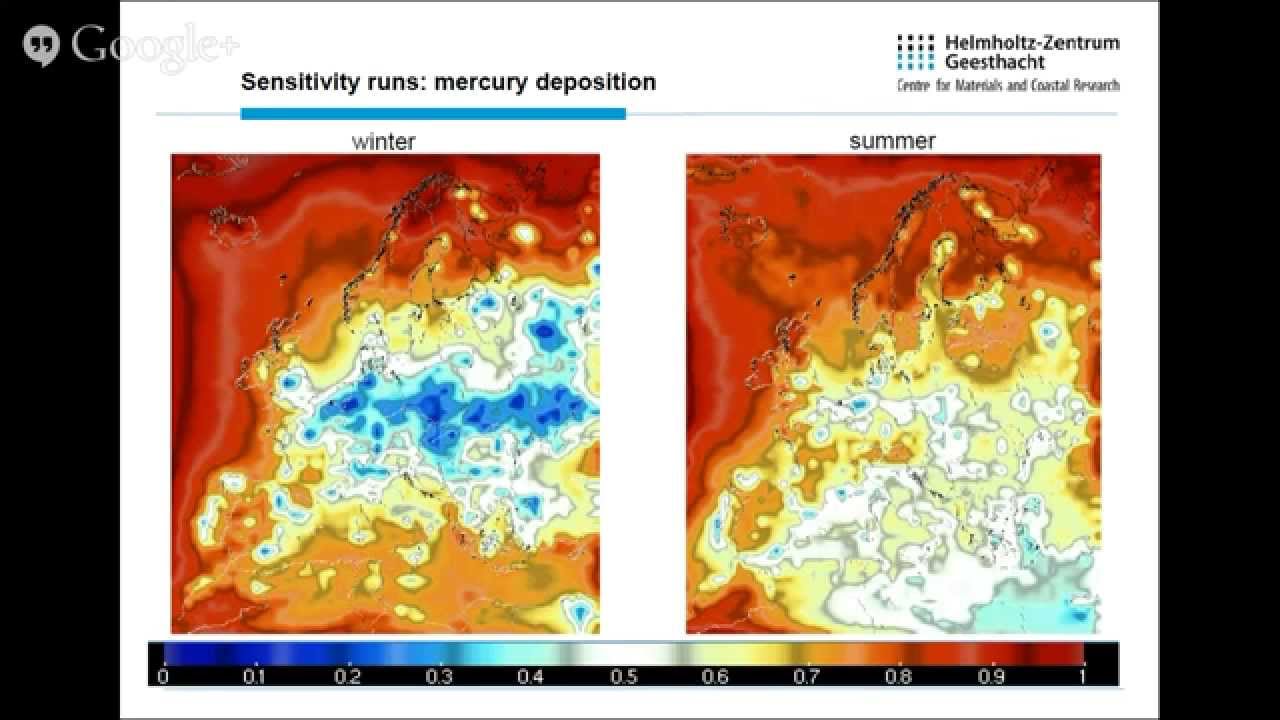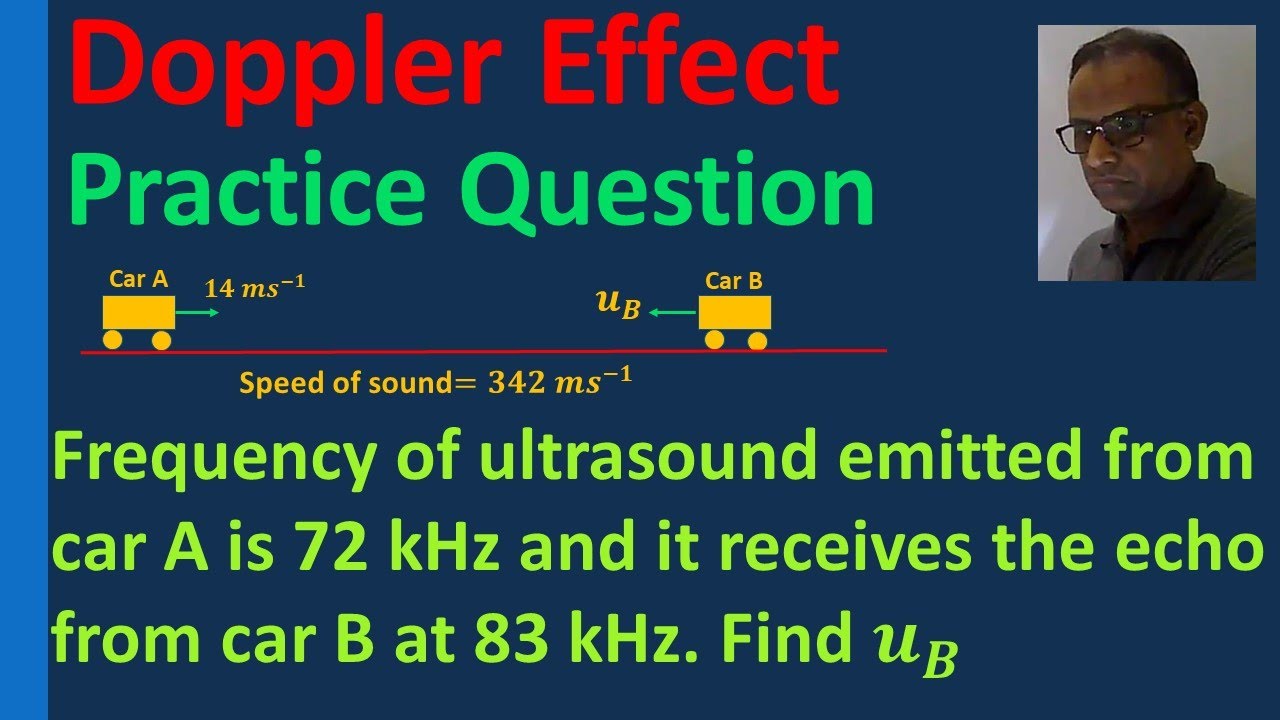Iva Dasović
Geofizički seminar srijedom na Geofizičkom odsjeku PMF-a u Zagrebu
4.6.2014.
Dr. Johannes Bieser
(Chemistry Transport Modelling Group, Institute for Coastal Research,Helmholtz Zentrum Geesthacht, Geesthacht, Germany)
Mercury is a global pollutant of high concern for human health. Due to anthropogenic emissions from fossil fuels and mining activities the global mercury burden is steadily increasing. As it is constantly exchanged between different environmental compartments, mercury has almost no natural sinks, which is the reason for it’s long term accumulation in the environment. Because mercury accumulates in marine biota it is a direct threat to food safety. Therefore in October 2013 the Minamata Convention on mercury, initiated by the United Nations Environmental Program, was signed in Minamata, Japan.
Although the research on mercury dates back to the early 1970ties, the major pathways of the global mercury cycle are still not completely understood. Mercury exists in atmosphere, ocean, and soils in various chemical forms. Yet, it is still not known which are the major reaction partners for the oxidation of mercury in the atmosphere, or which processes are responsible for the methylation of mercury in the Ocean. Without exact knowledge of the behaviour of mercury in the environment it is not possible for scientists to correctly advise political decision makers in order to find the most effective ways to reduce the global mercury burden. More importantly, because of the lack of measurements we are not able to determine the current state of world wide mercury pollution. However, this is important in order to assess whether the actions taken under the Minamata Convention are effectively reducing mercury pollution.
In this talk will be presented first results from the European FP7 project GMOS (Global Mercury Observation System). GMOS focuses on the improvement and validation of mercury models to assist establishing a global monitoring network and to support political decisions. GMOS is a 5 year project currently in it’s 4th year. First data from the global observation network are now available for modellers to evaluate and improve current mercury models. Most importantly new speciation units are able to measure the oxidized and particulate forms of mercury in the atmosphere, which are typically found in the range of only a few pg/m³. Finally, GMOS has initiated the Mercury Modeling Task Force in order to allow scientists outside the EU to access the observation data and to improve the exchange of knowledge across borders.
Source



